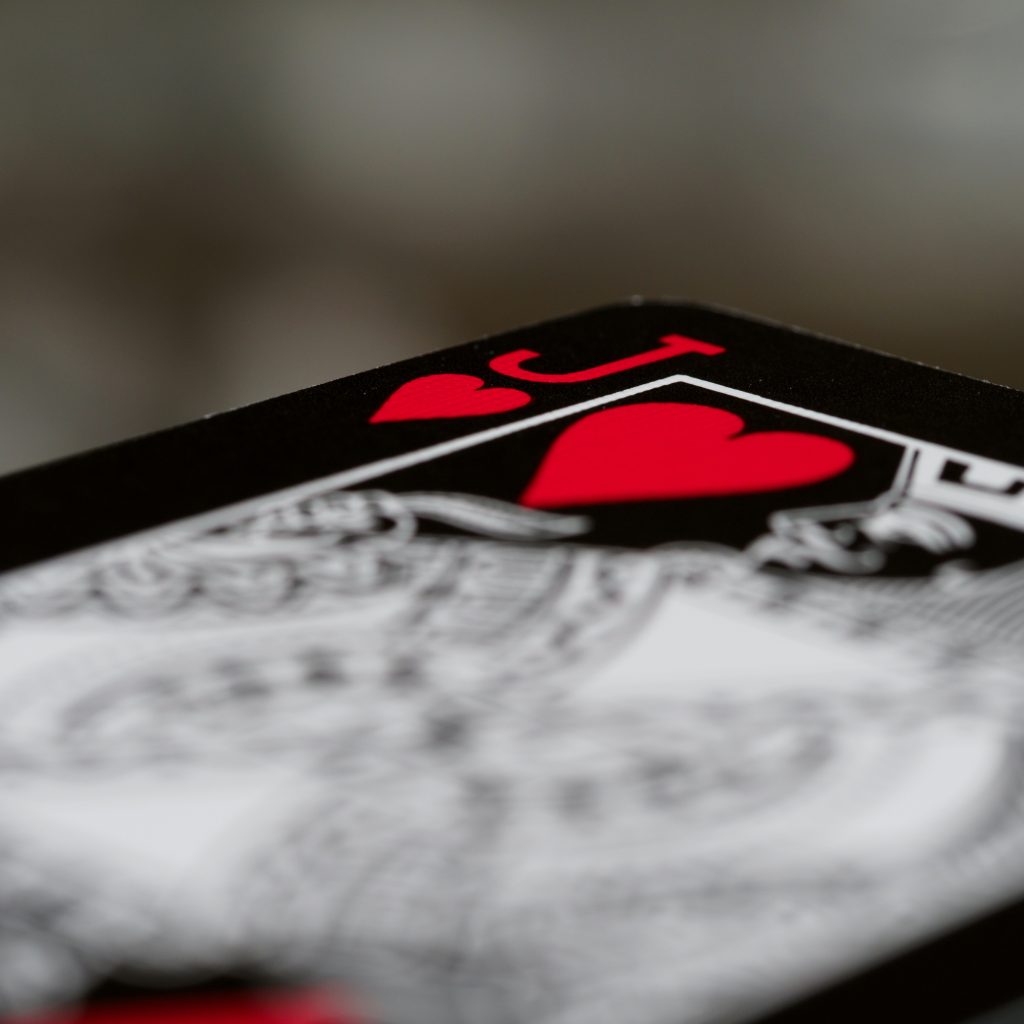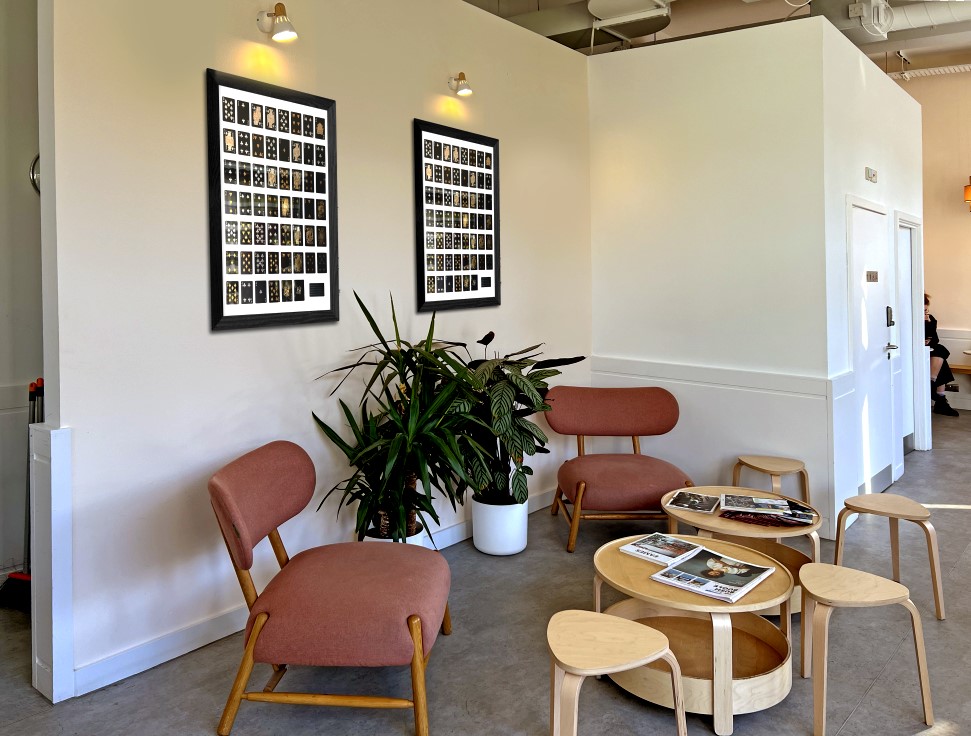In the ever-evolving realm of contemporary art, trends serve as fascinating indicators of cultural shifts, artistic innovations, and societal influences. The modern art scene is a vibrant tapestry of diverse expressions, continually redefining itself. Let’s delve into some captivating trends shaping the landscape of modern art.
1. Abstract Expressionism Redux: Abstract expressionism, with its bold strokes and emotional depth, continues to captivate. Artists are reinterpreting this classic movement, infusing it with new energy and personal narratives.
2. Sustainable Art Practices: In an era of heightened environmental consciousness, artists are embracing sustainability. From repurposed materials to eco-friendly installations, the modern artist’s palette includes a commitment to the planet.
3. Digital and NFT Art: The digital realm has become a playground for modern artists, with NFT (Non-Fungible Token) art gaining prominence. This innovative approach challenges traditional notions of ownership and opens new possibilities for creators.
4. Intersectional Narratives: Artists are weaving complex narratives that intersect with issues of identity, race, gender, and social justice. The canvas becomes a powerful space for dialogue, challenging viewers to confront and contemplate.
5. Immersive Installations: Modern art installations transcend traditional boundaries. Immersive experiences, where viewers become part of the artwork, are gaining popularity. These multisensory encounters redefine the way art is perceived.
6. Tech-Infused Creations: From virtual reality to augmented reality, technology is seamlessly blending with art. Modern artists leverage cutting-edge tools to create interactive and transformative experiences for their audiences.
7. Narrative Figuratism: Figurative art makes a strong comeback, but with a narrative twist. Artists are exploring storytelling through figurative elements, inviting viewers to engage with the visual tales they unfold.
In the kaleidoscope of modern art trends, diversity reigns supreme. Artists are fearlessly experimenting, pushing boundaries, and inviting audiences to question and reflect. As we navigate this exciting era, one thing is clear: modern art continues to be a powerful mirror reflecting the complexities of our world.






Origins of Modern Art
Exploring Modern Art Trends and History
Modern art stands as a testament to human creativity and expression, reflecting the ever-evolving nature of society and culture. In this comprehensive essay, we embark on a journey through the rich tapestry of modern art trends and its captivating history. From its origins in the late 19th century to the diverse landscape of contemporary art, we unravel the threads of innovation, experimentation, and social commentary that define the modern art movement.
Origins of Modern Art
The seeds of modern art were sown in the late 19th century as artists began to challenge the established norms of academic art. Movements such as Impressionism and Post-Impressionism emerged as a response to the rigidity of traditional artistic conventions. Artists like Claude Monet, Pierre-Auguste Renoir, and Vincent van Gogh rejected the meticulous realism of academic painting in favor of capturing fleeting impressions of light, color, and emotion. Through techniques such as broken brushstrokes and vibrant palettes, they sought to evoke a sense of immediacy and spontaneity in their work, laying the groundwork for the modern art revolution.
The Avant-Garde Movements
The early 20th century witnessed an explosion of avant-garde movements that shattered the boundaries of artistic expression. Cubism, spearheaded by Pablo Picasso and Georges Braque, revolutionized the way artists approached representation by breaking down objects into geometric forms and multiple viewpoints. Futurism, championed by artists like Umberto Boccioni and Giacomo Balla, celebrated the dynamism and speed of modern life through abstract compositions and depictions of motion. Meanwhile, Dadaism emerged as a radical rejection of conventional aesthetics, embracing absurdity, chance, and the irrational as its guiding principles. Led by figures such as Marcel Duchamp and Tristan Tzara, Dadaists challenged the very notion of art itself, provoking and subverting societal norms with their provocative works and performances.
Abstract Expressionism and the New York School
Following the devastation of World War II, Abstract Expressionism emerged as a dominant force in the art world, centered in New York City. Artists such as Jackson Pollock, Willem de Kooning, and Mark Rothko rejected the figurative tradition in favor of gestural abstraction, employing bold brushstrokes, dripping paint, and spontaneous mark-making to convey raw emotion and existential angst. The New York School, as this group of artists came to be known, became a crucible of artistic innovation, attracting talent from around the world and solidifying America’s cultural dominance in the postwar era. Abstract Expressionism, with its emphasis on individual expression and emotional intensity, captured the zeitgeist of postwar America, reflecting the anxieties and aspirations of a society in transition.
Contemporary Trends in Modern Art
In the contemporary art landscape, the boundaries of artistic practice continue to be pushed and expanded in new and unexpected ways. From street art and graffiti to digital media and installation art, artists are embracing diverse mediums and engaging with pressing social issues. Concepts such as identity, globalization, and environmentalism are recurring themes, reflecting the complexities and challenges of our modern world. Moreover, the democratization of art through social media and digital platforms has opened up new avenues for artists to reach global audiences and spark meaningful conversations. As technology continues to evolve, so too does the landscape of contemporary art, offering endless possibilities for creativity, innovation, and cultural exchange.
Modern art is a testament to the boundless creativity and imagination of the human spirit. From its humble beginnings in the late 19th century to its vibrant and diverse manifestations in the 21st century, modern art continues to captivate and inspire audiences around the world. Through its constant evolution and experimentation, modern art challenges us to see the world anew, inviting us to question, reflect, and engage with the complexities of the human experience. As we navigate the ever-changing currents of the modern world, modern art serves as a beacon of creativity, innovation, and social commentary, reminding us of the enduring power of artistic expression to shape and enrich our lives.
Contemporary Trends in Inspirations for Deck of Art












